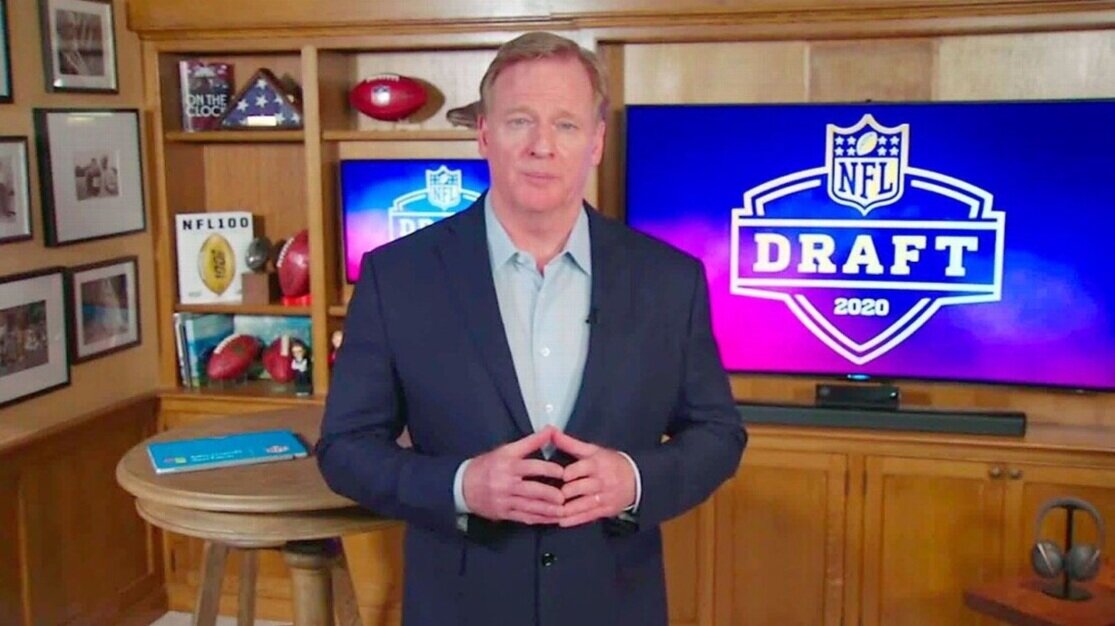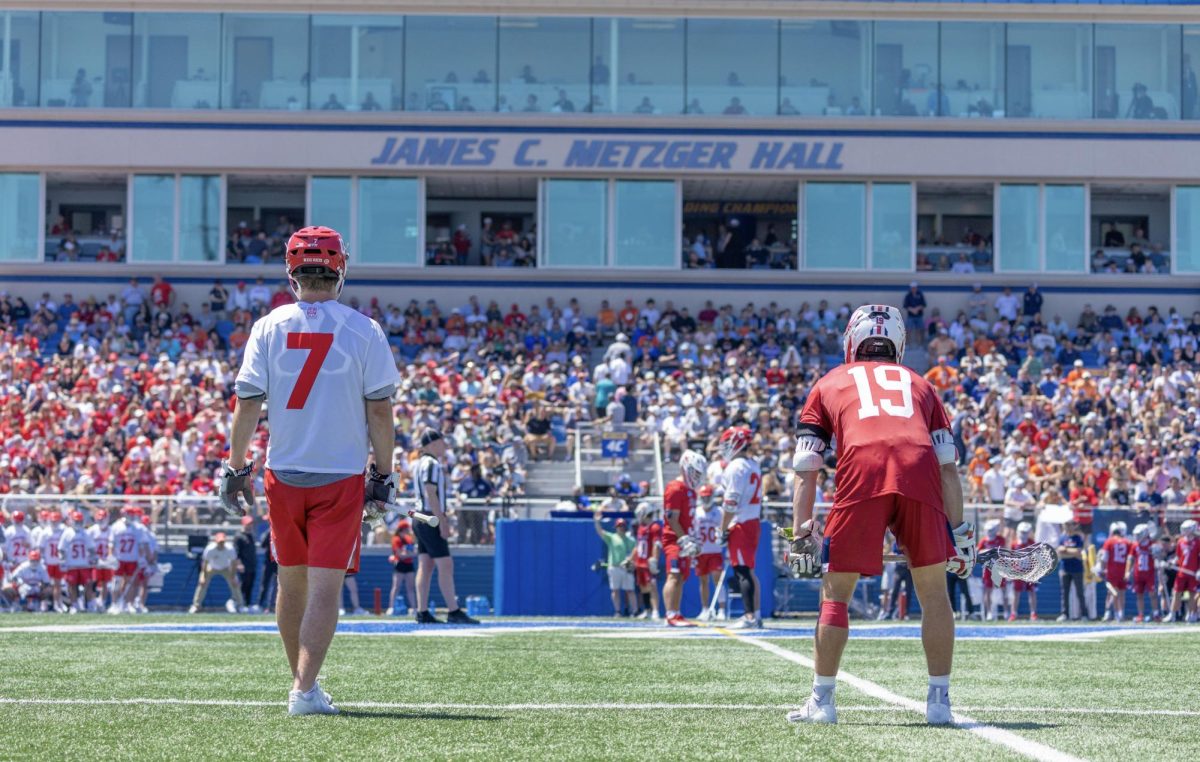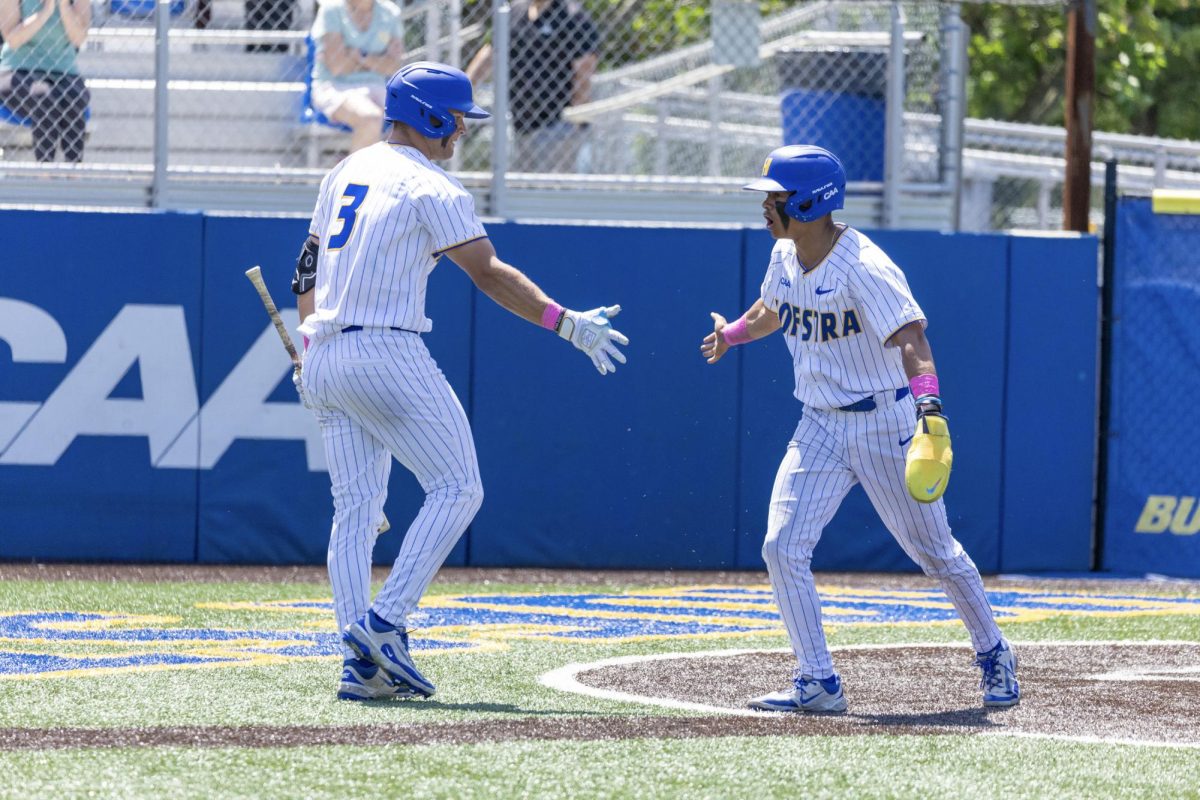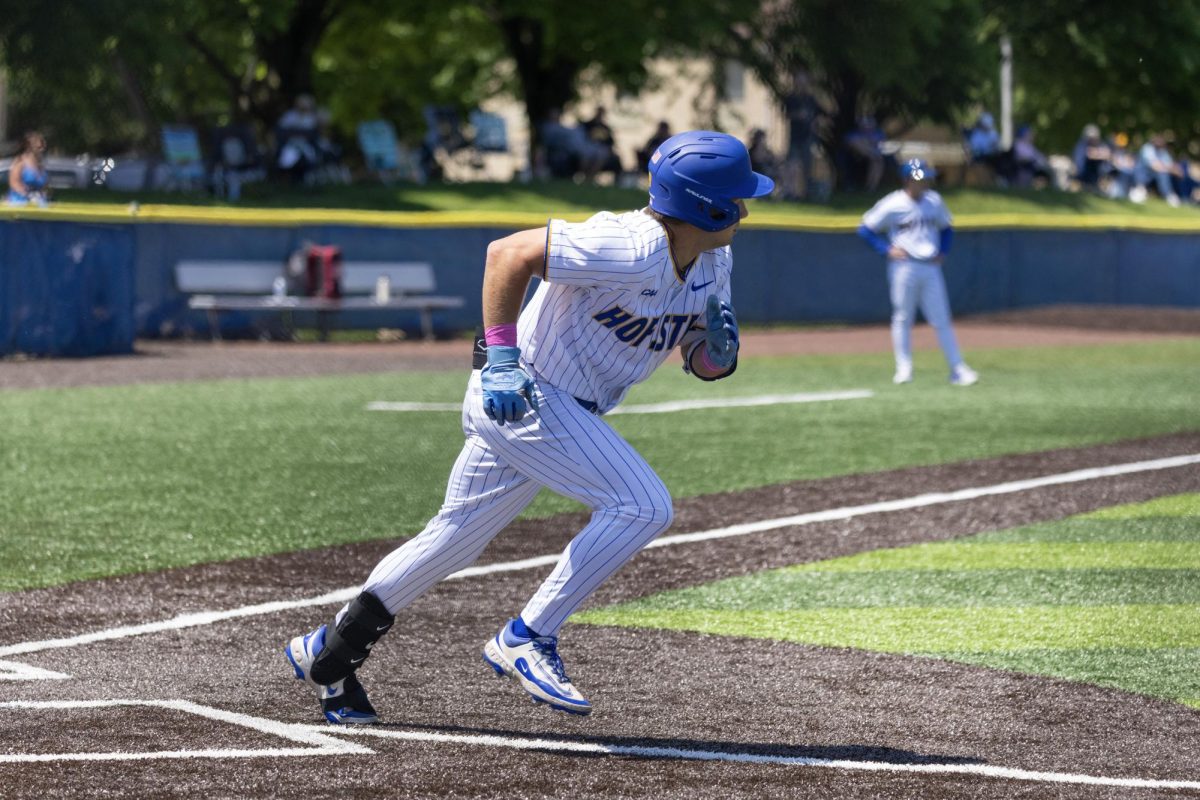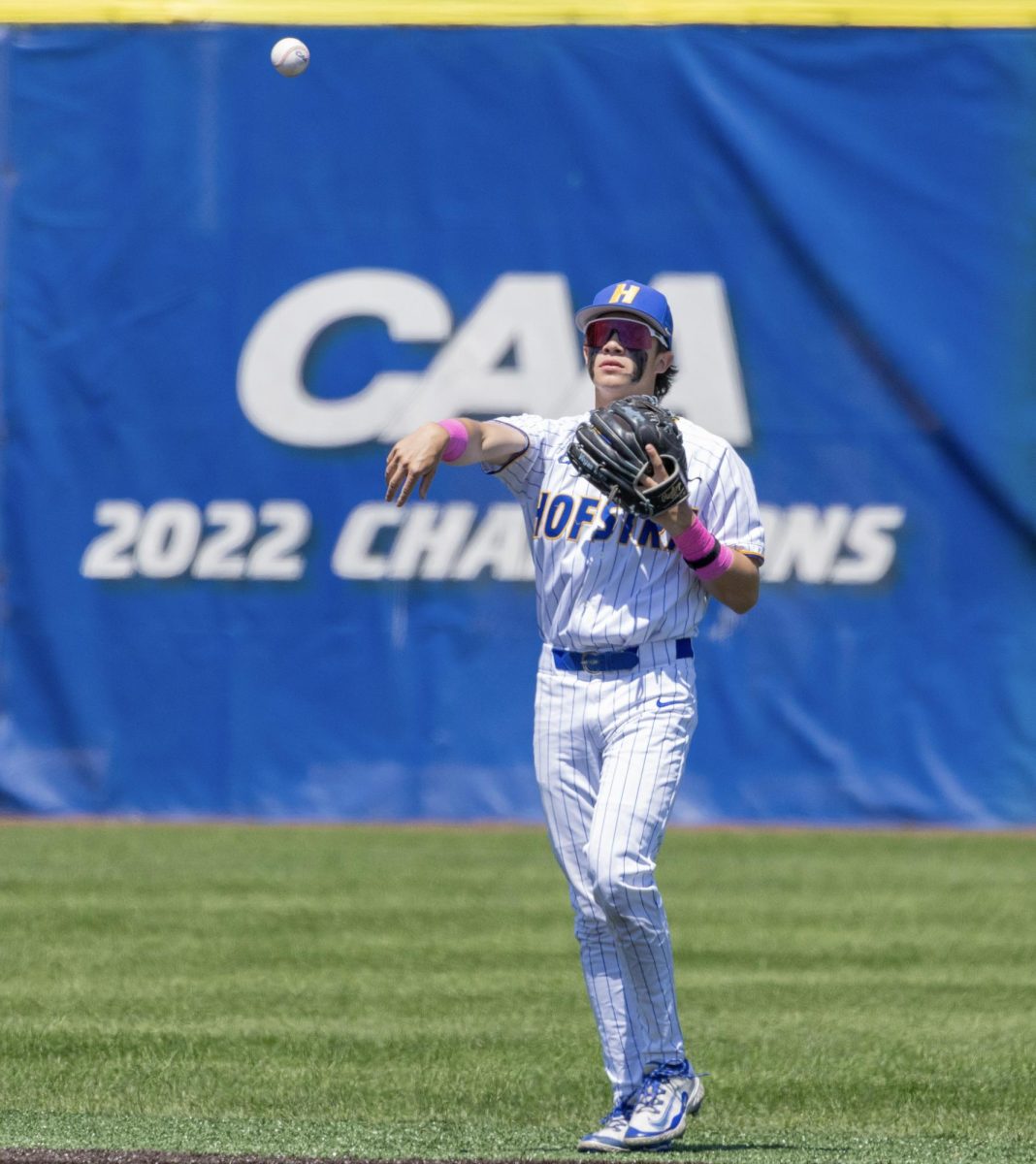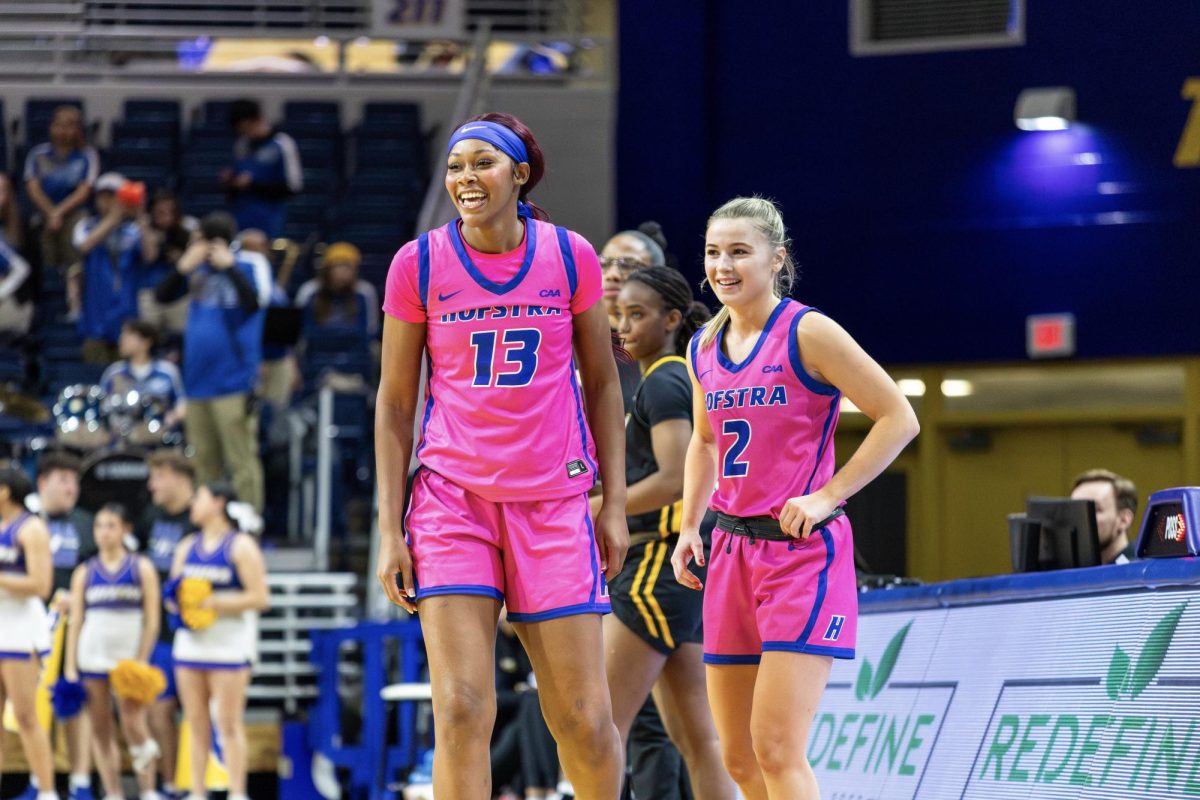Now that the first ever – and hopefully only – virtual NFL draft has come and gone, here are some of my thoughts and key takeaways from the event. To start off, there was a very nice tribute honoring the fallen heroes and those who are still battling the COVID-19 pandemic on the front lines before the first pick was selected. It was pretty metaphoric, basically showing all viewers that what is going on in our world right now is more important than sports, and we must come together as one big team to stop the spread of the coronavirus.
Joe Burrow went first overall, but we all knew that was going to happen. If you didn’t, then the Louisiana State University (LSU) Heisman winner and national champion gave it away before the pick was announced by holding a Cincinnati Bengals’ hat in his hand while on camera, about a minute before the call. The content in between picks was good as well, as things like in-depth player interviews and collegiate highlights kept the viewers engaged.
I also liked how they interviewed not just players, but their college coaches as well. When Jeff Okudah was picked third overall to the Detroit Lions, the commentators had a video chat interview with Okudah’s college coach from Ohio State University, Ryan Day. This draft definitely gave viewers at home an inside look like we have never seen before, showcasing things like Commissioner Roger Goodell’s draft cave in his own home or Dallas Cowboys owner Jerry Jones drafting players on his million-dollar yacht. Their visible body language and emotion allowed fans to feel truly connected to the whole process for the first time.
A negative side to this year’s NFL draft were some of the graphics. Was it nice to be able to see some of the players’ personal sides and learn what they like to do aside from football? Yes, but with that being said, some of the graphics were flat out unnecessary. For example, when the Bengals drafted wide receiver Tee Higgins in the second round, a stat on his “get to know” graphic was that “Mom, Camillia fought drug addiction for 16 years.” This is too personal and does not connect to the player’s attributes at all. I understand that the intention was to frame the draft as a moment where players make their dreams come true after pushing through adversity, but it was very repetitive after a while. It sadly did not end there, as another graphic for the player Laviska Shenault Jr. read, “Mother, Annie, contracted and survived West Nile Virus in 2012.” Images of various graphics like these circulated over social media and it was brought to everyone’s attention what they were doing. Overall, poor graphic choices did not hurt the draft too much. If anything, this just got people talking about the event more, and any publicity is good publicity.
In the end, the 2020 virtual draft had over 15 million viewers in the first round, a new record for viewership. As for the later rounds, the draft became less entertaining as it progressed, but that is usually the case. More people tuned in to the later rounds than normal because there is not really anything else to do these days. If anything like this happens in the future and causes another virtual draft to take place, it won’t be the worst thing ever. The player interviews, talks with coaches and mentors of the players, and the execution when it came to highlighting trades as well as fan reactions on video call for the picks was done the right way.
Photo courtesy of ESPN


